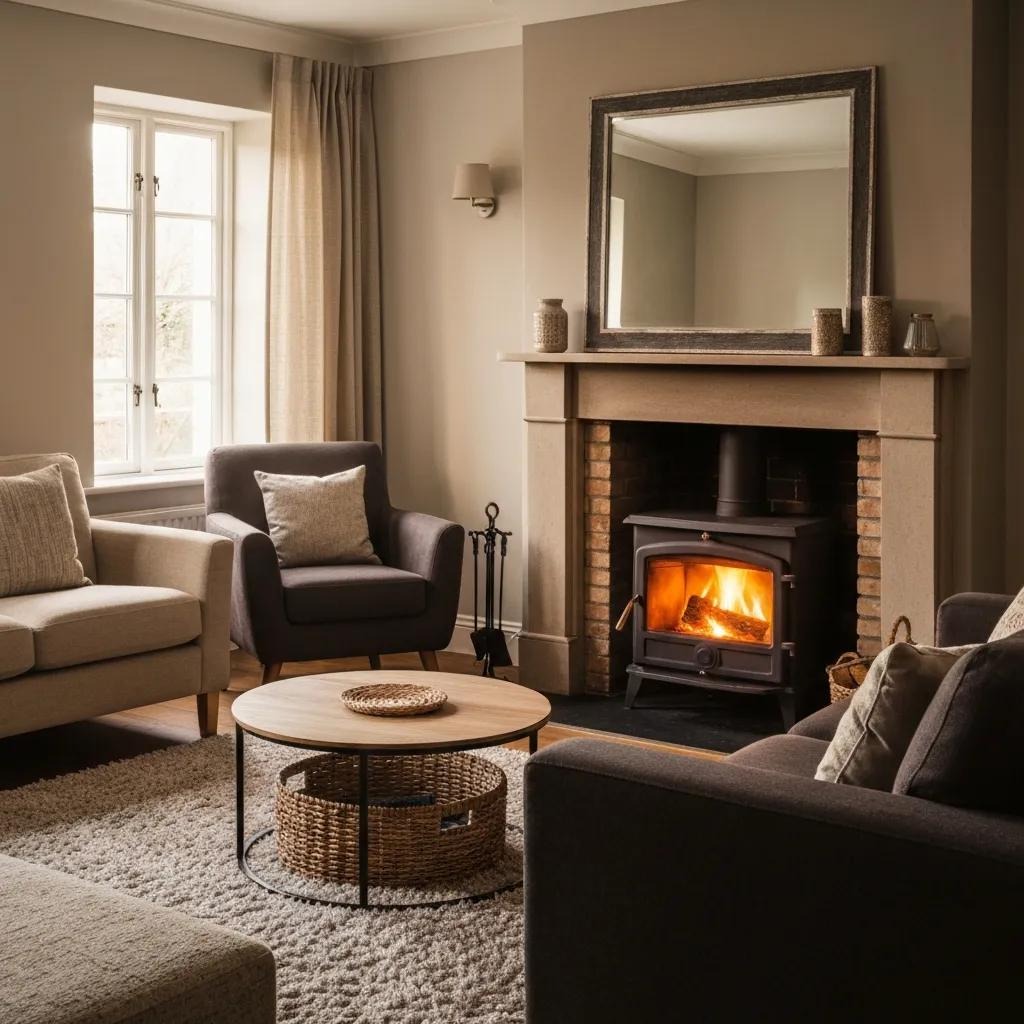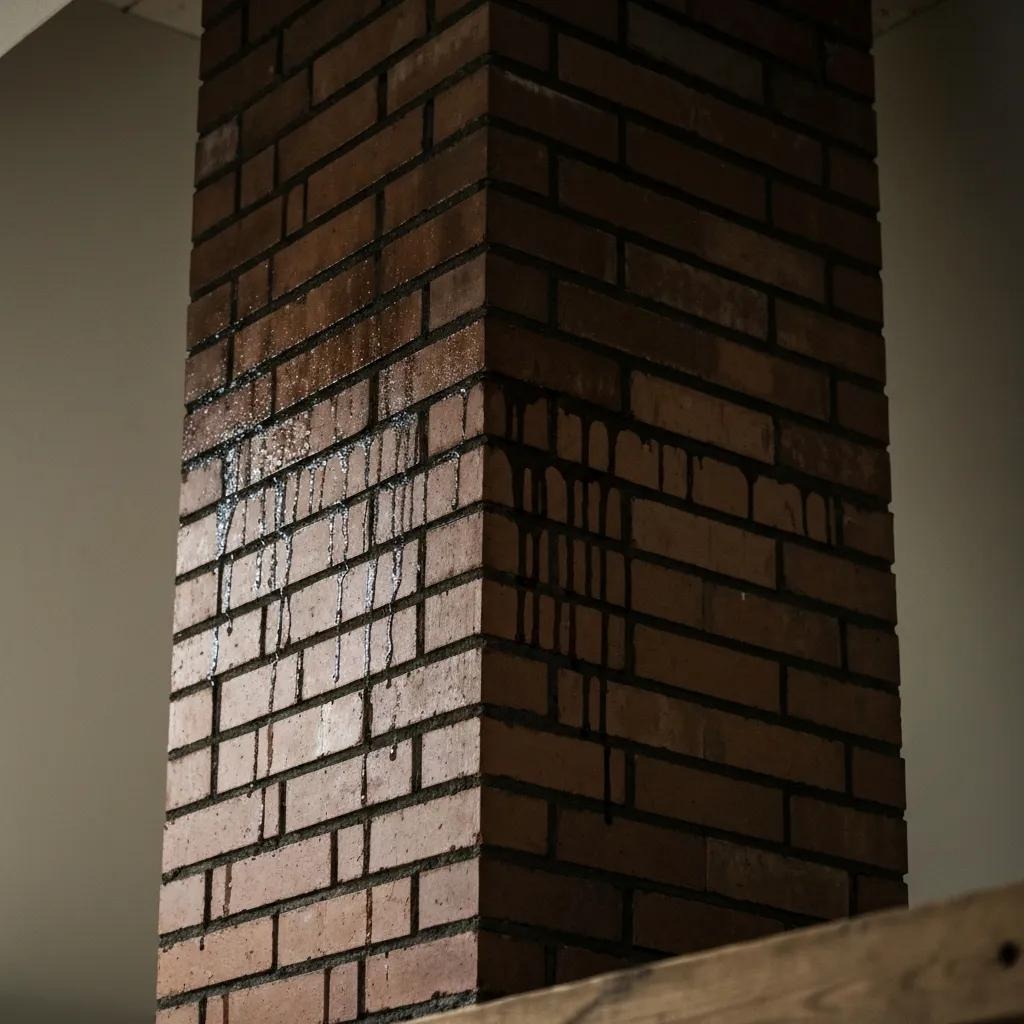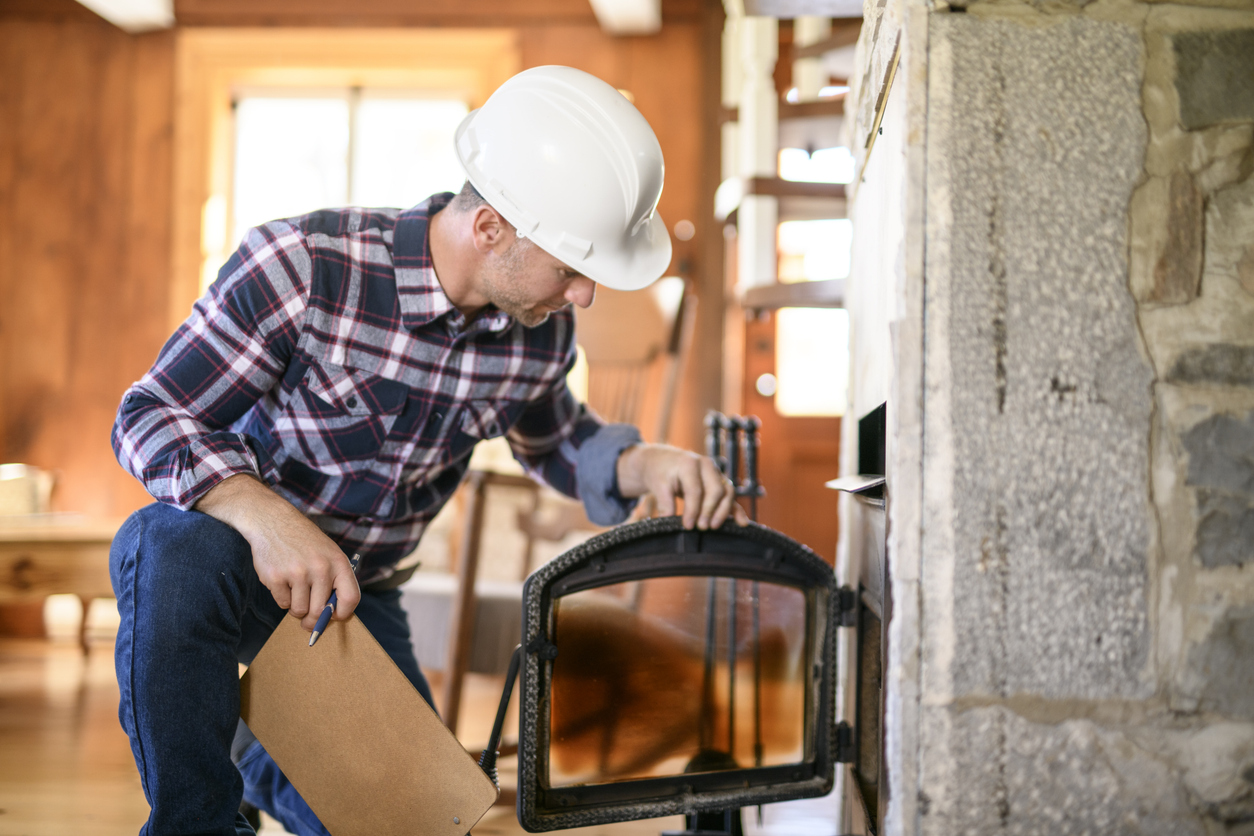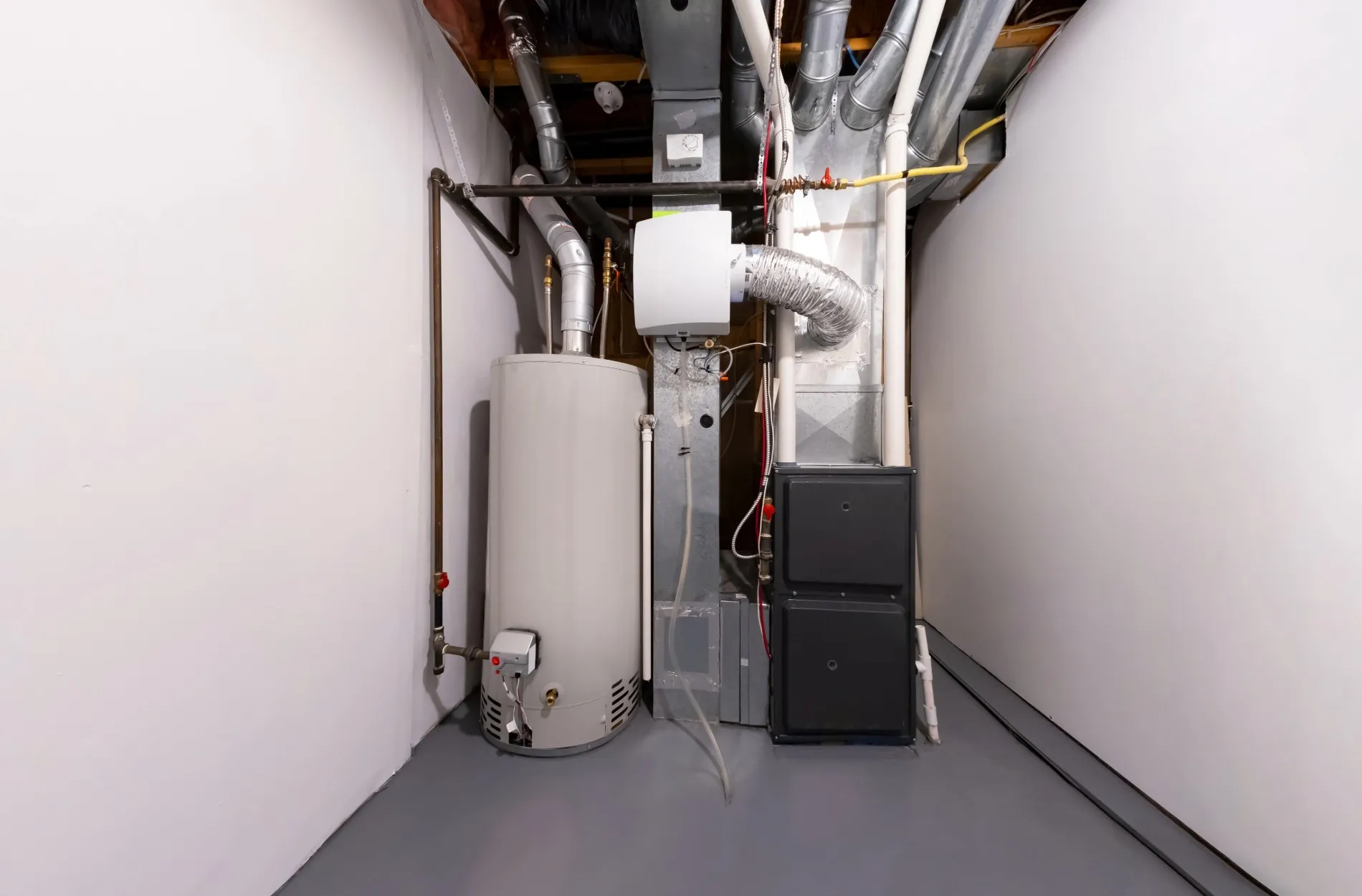Troubleshooting Fireplace Smells: A Practical Guide to Finding and Fixing Odors
Troubleshooting Fireplace Smells: A Practical Guide to Finding and Fixing Odors

A noticeable smell from your fireplace usually points to an underlying problem — anything from harmless dust to a dangerous gas leak or heavy creosote buildup. Knowing the likely causes helps you respond safely and effectively. This guide breaks down what “fireplace smells” can mean, how common issues (creosote, moisture, animals, negative air pressure, and improper fuels) produce different smells, and which steps you can take now to reduce odors. You’ll get simple cues to tell smoky, musty, rotten, or chemical smells apart, practical short‑term fixes you can do safely, and clear signs that mean it’s time to call a pro. We also use common search terms naturally — fireplace smells, creosote smell fireplace, musty fireplace smell, animal in chimney smell, fireplace backdraft — so you can find the right remedy and protect your indoor air quality.
Why does my fireplace smell bad? Common causes explained
Fireplace odors happen when materials in the chimney, flue, or firebox release volatile compounds that travel into the house. The exact smell depends on the source: burning wood and creosote give a smoky or tar‑like scent, moisture encourages moldy, musty odors, and decomposing animals produce rotten or sewage‑like smells. Spotting the cause quickly narrows the fix and helps you assess safety — some problems require immediate action. The short table below compares common causes, the smells they produce, signs to look for, and typical fixes so you can prioritize what to do first.
Typical causes include creosote built up from burning wood, water and mold in masonry, animal nests or carcasses, negative air pressure drawing fumes in, and burning improper materials that release chemical fumes. The following sections explain creosote and moisture issues in more detail so you can recognize the defining signs and respond appropriately.
How does moisture cause musty, damp fireplace smells?

Water gets into chimneys through missing or damaged caps, cracked crowns, porous masonry, or when the flue stays too cool and condensation forms. That moisture encourages mold and mildew, which give off the familiar musty, earthy smell. In short: wet masonry and trapped organic residue let fungal growth produce volatile compounds that you’ll notice inside the house.
Signs to watch for include discolored or water‑stained bricks, a persistent damp odor, or visible mold near the fireplace opening — all reasons to arrange a masonry inspection and waterproofing.
Quick homeowner checks are simple — confirm the cap is in place and look for visible staining — while long‑term fixes include installing a cap, repairing the crown, or hiring professional waterproofing to stop ongoing leaks.
Fixing moisture also improves efficiency and prevents structural damage; we cover maintenance steps later in the guide.
How do animals and debris create rotten or sewage‑like fireplace smells?
Animals, nests, and organic debris produce foul smells when droppings and carcasses decompose inside the flue, and the same materials often block airflow so odors move into the house. Decomposition and bacterial activity create sulfurous or ammonia‑type gases that travel down the chimney into living spaces. The immediate risk is a blocked flue that can trap smoke or carbon monoxide, so spotting animal activity and removing obstructions promptly is important for both odor control and safety.
Quick detection and safe removal restore proper draft and reduce both smell and combustion hazards; prevention steps are covered later.
What is negative air pressure and how does it cause backdraft and odors?
Negative air pressure happens when more air is exhausted from the home than is supplied, which can pull outdoor air and chimney gases back into living spaces. Tight, energy‑efficient homes with strong exhaust appliances (range hoods, bathroom fans, dryers) are prone to this. Backdrafting reverses the chimney’s natural flow and brings smoke and stale flue odors indoors. Fixes focus on balancing ventilation — adding make‑up air, installing HRV/ERV systems, or using dedicated make‑up air near major appliances — rather than cleaning the chimney alone.
Balancing airflow keeps combustion working properly, improves indoor air quality, and reduces odor episodes that might otherwise prompt unnecessary chimney repairs.
How does negative air pressure pull fireplace smells into your home?
When the house is under negative pressure, it creates a suction that can draw flue gases down the chimney instead of letting them rise out. You can test this: turn on large exhaust fans and see if smoke or odor increases, or do a door‑close test to check for draft reversal. Typical signs are odors or smoke only when certain fans run, soot staining near the hearth, and intermittent smells that match appliance use. Short tests are low risk — try turning off exhaust fans to see if things improve — but persistent problems usually need a professional ventilation assessment to find a lasting fix.
Testing for pressure issues helps you separate ventilation problems from chimney blockages or creosote smells so you choose the right corrective path.
What ventilation solutions stop fireplace odors from entering living spaces?
Solutions include make‑up air (passive or mechanical), whole‑house HRV/ERV systems to balance airflow, and targeted measures like make‑up air dampers or chimney relining to restore draft. Make‑up air systems supply fresh air to match exhausted volume and correct negative pressure quickly, though they often require HVAC integration. HRV/ERV units give continuous, energy‑efficient balancing, while simpler steps — changing exhaust fan run times or adding a small vent — can work temporarily. Choose the option based on how severe and frequent the backdrafting is; a professional assessment is usually the fastest route to a reliable fix.
- Make‑up air systems correct high‑exhaust scenarios quickly.
- HRV/ERV installations balance ventilation while conserving energy.
- Chimney relining or cap adjustments restore flue integrity and natural draft.
What other causes can make your fireplace smell bad? Gas leaks and burning the wrong materials
Chemical or gas smells from a gas fireplace, or fumes from burning treated materials, are serious because they indicate combustion hazards or toxic emissions. Causes range from a gas supply leak to incomplete combustion or burning painted, treated, or plastic materials. A rotten‑egg or sharp chemical smell can signal a gas leak or VOC release and requires evacuation and contacting your utility. Burning varnished or treated wood, rubber, or trash releases harmful compounds and leaves residues that prolong odors and health risks.
If you suspect gas or chemical fumes, prioritize safety: evacuate if the smell is strong or you feel unwell, use detectors, and call a qualified service for inspection.
How do gas fireplaces produce chemical or gas smells?
Gas fireplaces can smell if there’s a slow gas leak, failing burner seals, incomplete combustion creating combustion byproducts, or during the normal “burn‑in” of a new installation. Distinguishing normal pilot‑light or initial odors from dangerous leaks depends on smell, strength, and symptoms like lightheadedness or multiple people noticing the odor. If you suspect a gas leak, evacuate, avoid operating switches or flames, and contact your gas utility or a certified technician. Professionals perform pressure tests, inspect fittings and valves, and confirm safe operation to remove the source of the smell.
Quick professional intervention protects occupants and prevents dangerous accumulations of flammable or toxic gases.
Why do improper burning materials cause foul fireplace odors?
Burning treated lumber, painted or stained wood, rubber, plastics, or household trash releases toxic fumes — chlorinated compounds, heavy metals, and VOCs — that create sharp, long‑lasting odors and harmful particulates. These gases also leave residues on chimney surfaces and fabrics that prolong smell and health risks. Never burn these materials; use seasoned hardwood or approved fuels instead to promote cleaner combustion and reduce creosote. If forbidden materials have been burned, ventilate the area, avoid using the fireplace until inspected, and schedule a professional cleaning to remove contaminants from the flue and firebox.
Good fuel choices and avoidance of treated materials reduce odor and expensive contamination down the line.
What are effective DIY tips for temporary fireplace smell removal?
Short‑term odor control focuses on safe absorption, source cleanup, and ventilation while you arrange permanent repairs. Methods usually work by adsorption (charcoal, baking soda) or dilution (ventilation). Start with safe steps: confirm embers are cold and remove ash, use an appropriate vacuum, put odor absorbers like activated charcoal in shallow containers away from heat, and wipe soot from the mantel with a vinegar‑water mix. These steps ease symptoms but won’t remove deep creosote, structural moisture, or animal contamination — those need professional attention.
Temporary measures improve comfort and lower airborne particulates, but a scheduled inspection is the only way to fully eliminate persistent smells.
How can cleaning ash and using baking soda or charcoal help absorb odors?
Removing ash eliminates a continuing odor source, while baking soda and activated charcoal adsorb odor molecules from the air. Practical tips: make sure embers are completely out, scoop and dispose of ash in a metal container, set bowls of activated charcoal or open boxes of baking soda near the hearth, and refresh absorbers every few days until you get professional help. These are stopgap measures — they don’t remove deep creosote or biological contamination. Don’t place flammable absorbers in the firebox and avoid wetting charcoal or baking soda near electrical components.
Using absorbers while you arrange lasting fixes gives immediate relief and improves indoor comfort.
What vinegar or natural solutions neutralize musty or smoke smells?
Common natural neutralizers include white vinegar, diluted hydrogen peroxide, coffee grounds, and activated charcoal. They work by binding or masking volatile molecules and lowering airborne concentrations. Use a vinegar‑water spray to clean mantels and nearby surfaces (don’t spray into the flue) and shallow bowls of coffee grounds to absorb room odors. These options are inexpensive and handy, but they won’t touch deep creosote, embedded contamination, or animal remains — and they should never be used inside the chimney. When surface cleaning reduces smell, follow up with a professional inspection to address the source.
Natural approaches complement mechanical cleaning and ventilation but don’t replace sweeping, masonry repair, or professional animal removal when those are needed.
- Quick DIY absorbers: bowls of activated charcoal, open baking soda containers, or coffee grounds placed near the fireplace.
- Cleaning steps: safely remove cold ash, wipe surfaces with a vinegar solution, and use a HEPA vacuum for soot‑prone areas.
- Safety cautions: never place odor absorbers in the firebox, avoid creating negative pressure with exhaust fans, and don’t light a fire if odors persist.
When should you call a professional for fireplace smell troubleshooting and repair?
Call a professional when odors persist despite DIY steps, when you detect chemical or gas‑like smells, or when you see clear signs such as heavy creosote, smoke backing into the room, moisture damage, or evidence of animals. Professionals diagnose root causes with inspection tools and safety checks that homeowners can’t perform safely. The rule of thumb: stop DIY when you’re unsure or when safety is at risk — trained technicians handle pressure tests, combustion analysis, animal removal, and structural repairs safely. The checklist below helps you decide when to stop self‑triage and schedule expert help, followed by a short overview of the services a qualified local provider offers.
How does Northwind Heating handle fireplace repair and maintenance to eliminate odors?
Northwind Heating provides local fireplace and chimney services designed to remove odor sources — from thorough inspections and chimney sweeping to coordinating animal removal, fixing moisture problems, and assessing ventilation. Our technicians focus on finding the root cause so repairs stop smells instead of just masking them. We serve communities across British Columbia, including Surrey, Langley, Delta, White Rock, and Aldergrove. Typical jobs start with a professional inspection to check creosote stage, structural defects, or airflow issues, then move to recommended actions like sweeping, cap repair, or HVAC coordination. If you need help, schedule service or request a quote to begin a safety‑first inspection and remediation plan.
Northwind Heating helps homeowners move from temporary relief to a lasting repair that restores both performance and indoor air quality.
When you’re ready to eliminate persistent smells, schedule service or request a quote to arrange an inspection, chimney sweep, or targeted repair — professional help is the safest way to remove hazardous odors and get your fireplace working reliably again.
Conclusion
Dealing with fireplace odors is important for safety and comfort. Understanding common causes — creosote, moisture, animals, ventilation issues, or improper fuel — helps you take the right action. Regular maintenance and timely professional inspections are the best ways to keep smells away and ensure safe operation. If you need expert help, schedule a service with Northwind Heating to protect your home and enjoy a clean, reliable fireplace.
Customer Testimonials
Go With Experience
Latest Blog Posts










